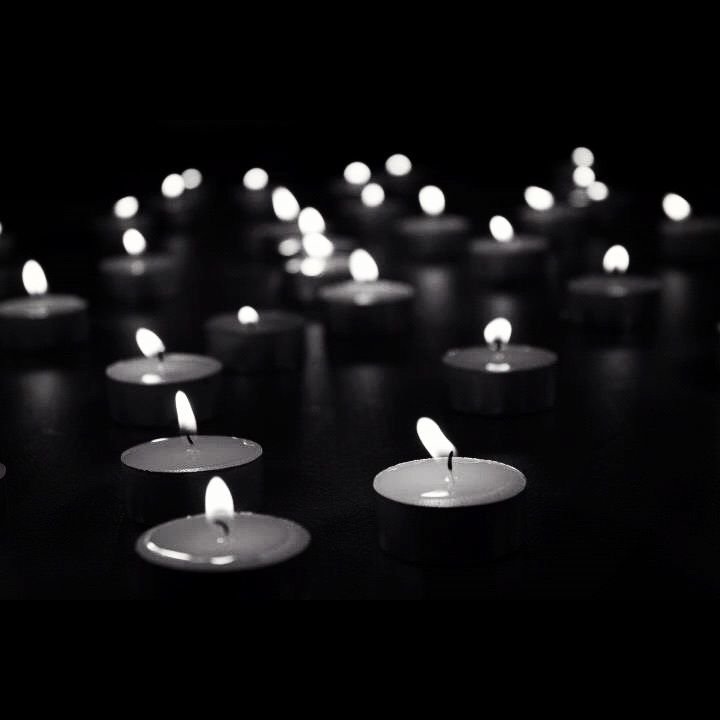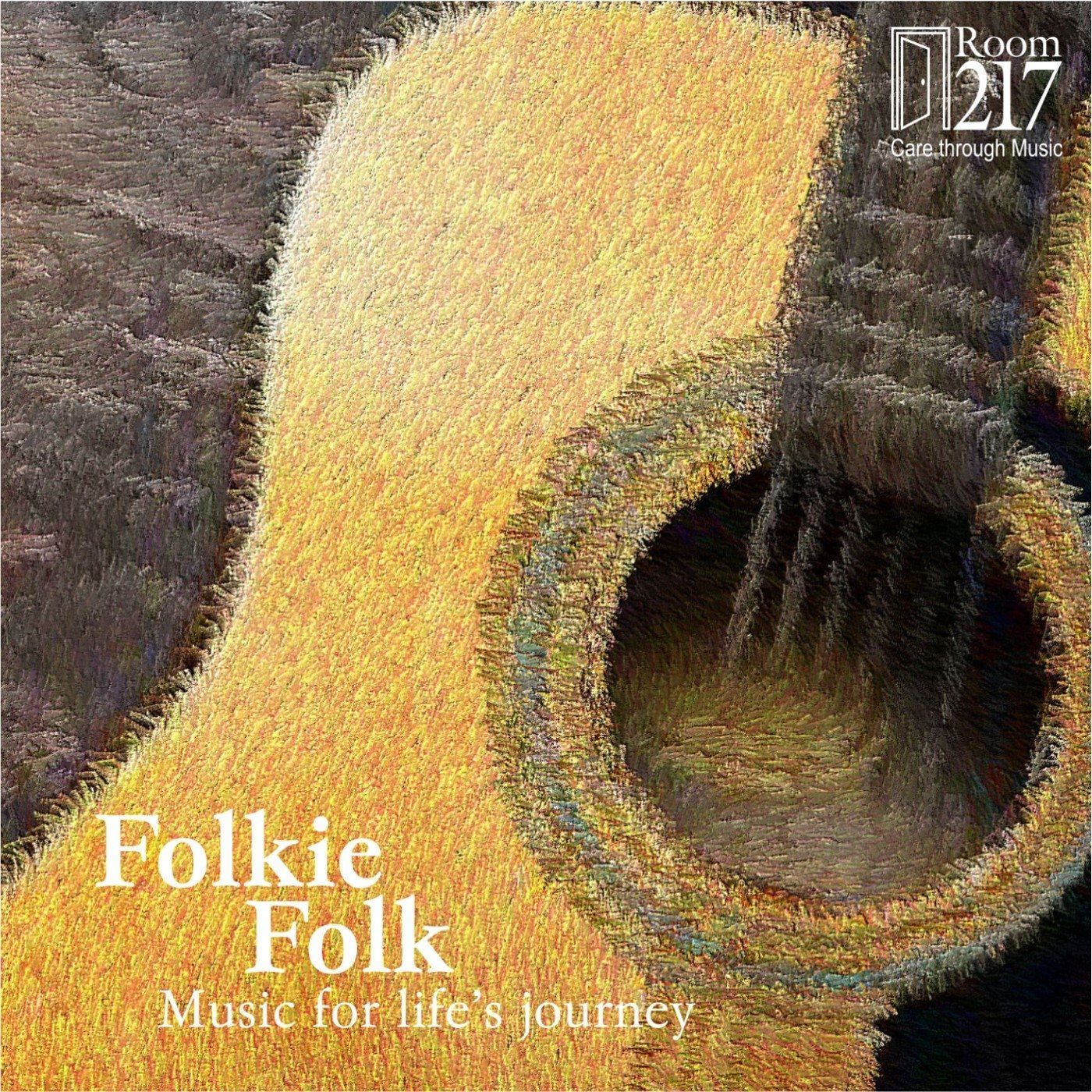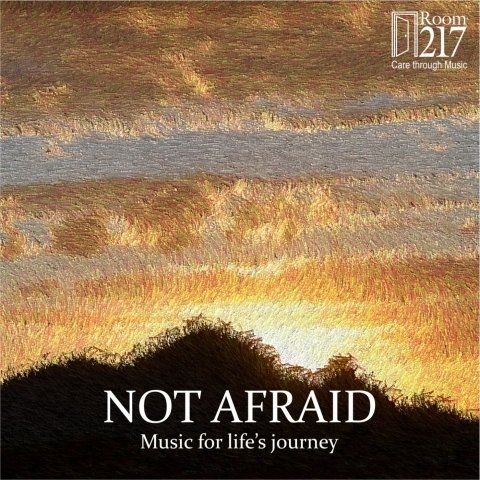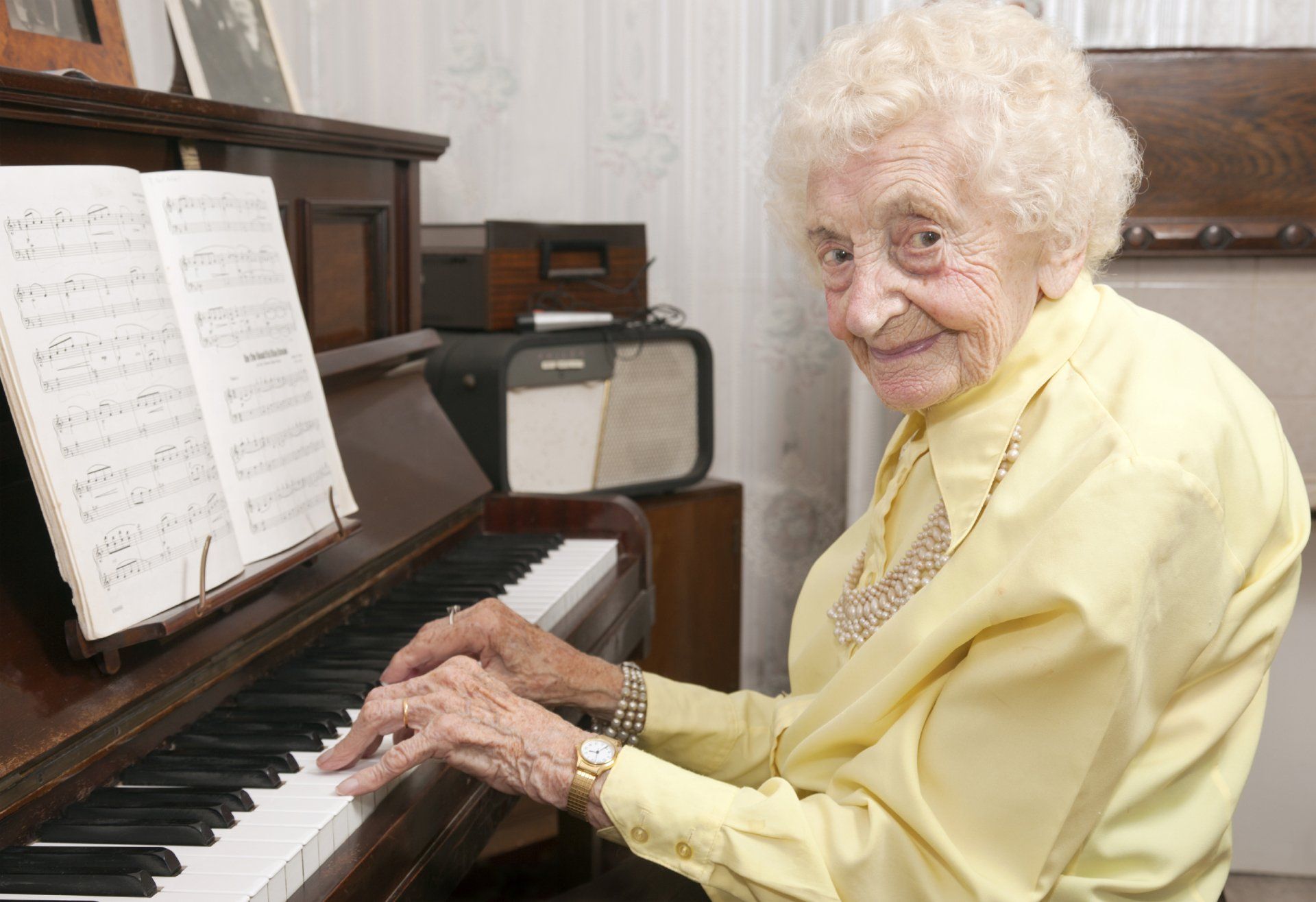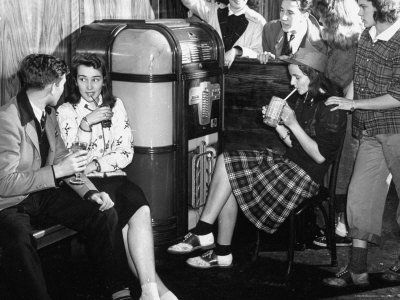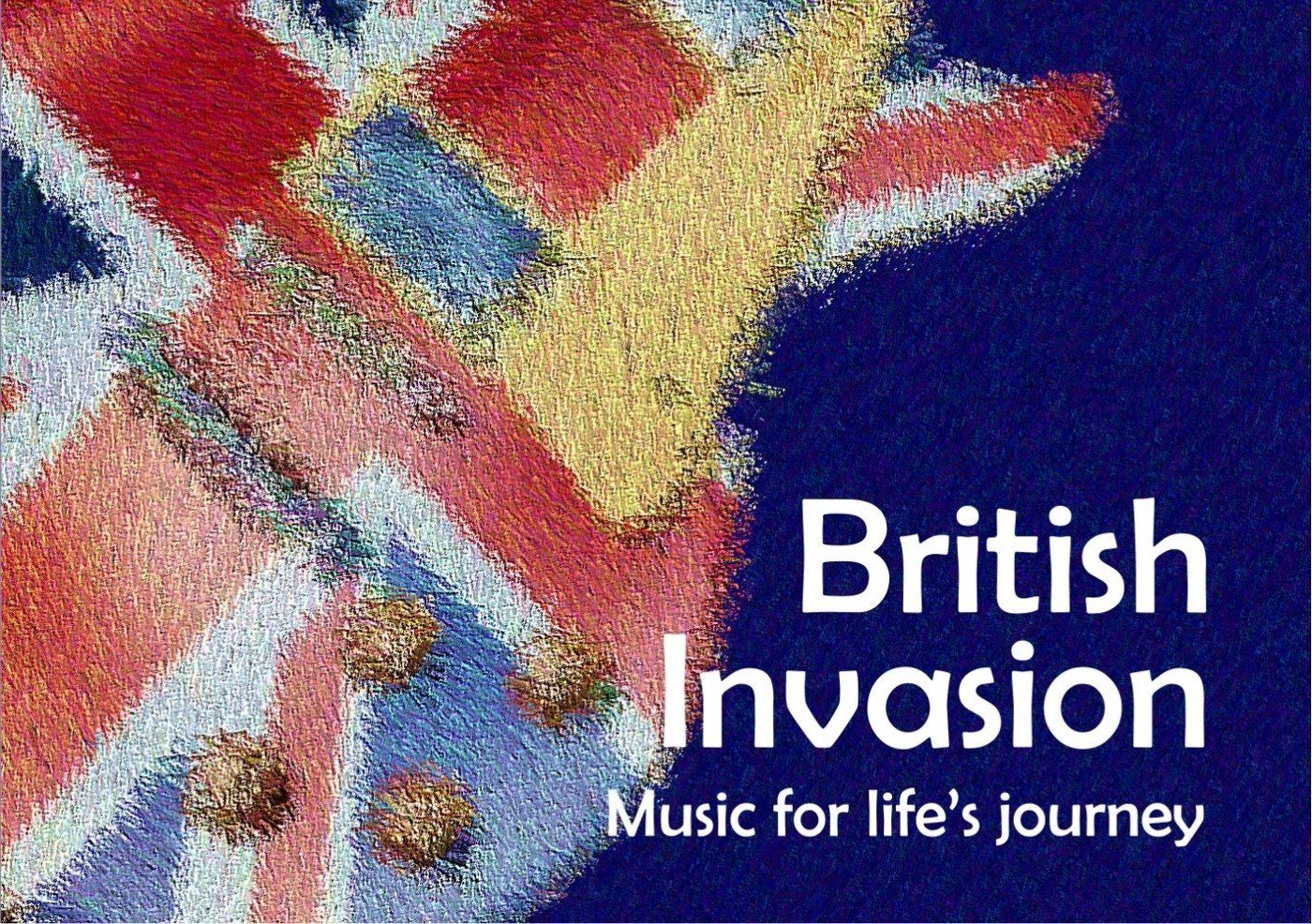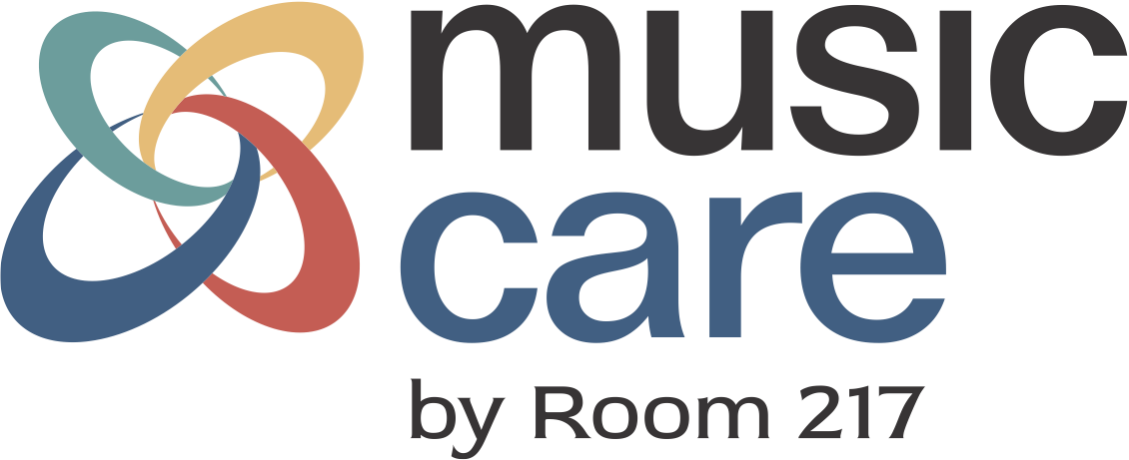Room to Room (R2R) Phase 2
The Room 217 Foundation, with the generous support of the GlaxoSmithKline Foundation, has implemented the R2R program-Phase 2 in more than 40 Hospice and Palliative Care programs across Canada. Phase 2 has introduced digital delivery of Room 217 resources via ipod shuffle as well as expanded HPC sites into palliative care units in hospitals and long term care homes. Here are comments from participants in R2R-Phase that have been reported to Debbie Devitt, R2R Program Facilitator.
5 Ways the R2R program supports quality of palliative care
The R2R program was developed with the purpose of extending delivery and accessibility of Room 217’s benefit‐designed music resources to people who are dying and their caregivers in Hospice Palliative Care programs and facilities across Canada. Hospice Palliative Care is one of the most vulnerable care sectors in Canada as well as one of the least funded. R2R provides an opportunity where funding to utilize Room 217 music resources is removed as a barrier. In Phase 1, 42 programs and facilities participated in the program. In Phase 2 an additional 42 Canadian sites joined the program. The overwhelming feedback is that Room 217 music is supporting quality of life and quality of care at end of life. Here is what the R2R participants are saying about the R2R program.
- Assists in supportive care
- The quiet music was a great help in assisting the client fall asleep. The family member also found the music comforting and peaceful.
- My client has sleep disturbances caused by her pain, so she often wakes up during the night. However, the music has helped to reduce her pain episodes.
- The nursing staff of our palliative care unit, have been playing the music while providing personal care to patients who are unresponsive. They have found that the music fills the quiet space in a comforting and reflective way.
- Lessens agitation and promotes relaxation
- When the music was playing the client appeared to be more at rest and family noticed a peaceful look on the client’s face. This helped the family to relax as well.
- One patient had become agitated, frequently calling out and restless when in bed. Having the CDs playing in the room for long periods of time was a wonderful distraction and reduced his calling out and restlessness.
- The majority of our pediatric patient population have severe special needs and the music resources have helped on numerous occasions to calm them down. They may have been upset or just high energy and the effect of the music is almost instant to calm and relax them.
- Helps in the crossing over
- In the final moments of life, the patient had difficulty breathing and was restless. His wife was very fearful and tearful. The patient became more relaxed with less laboured breathing once the music was initiated. Death came so peacefully. When “How Great Thou Art” began playing the patient’s wife started to hum and then sing the words in a quiet whisper. It brought her such comfort. Staff who were present in the room were also so moved and comforted with the peaceful passing of the patient.
- In the final moments of life, the family was unable to be present. The patient was experiencing laboured breathing. With music and medication the breathing became less laboured, the patient looked so peaceful holding his rosary in his hand.
- Creates a peaceful space
- This patient has many visitors and the environment tends to become quite noisy and disruptive for the patent. Initiation of music helped the family recognize the benefit of a peaceful and quiet environment. They became less anxious as well. The outstanding benefit was also seen in the patient’s facial expression and how peacefully he dozed off to sleep.
- Room 217 music playing in the hallway have offered a distraction for residents in a quiet way-The music playing takes the edge off of some of the medical noise that can be heard in the hallways at times.
- Room 217 music playing in the background added to the sense of peace and quiet in the house.
- Encourages engagement
- One resident expressed the joy he gets from hearing the music we played. It made him want to get up and dance.
- For some staff, television tends to be used during down times for the patients. Since receiving the R2R program, that has shifted in part to utilizing the music instead. This has been a wonderful change as music is much more engaging and impactful for the patients then the use of television.
For more information on R2R, contact Debbie Devitt at R2R@room217.ca

